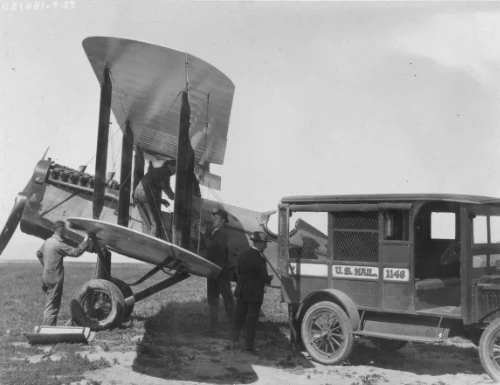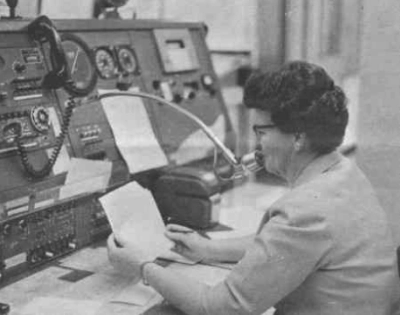FlightWatch.com — What Is Flight Watch?
Flight Following · Airspace Awareness · Space Domain
Last updated:
An overview of how traditional flight watch evolved from flight following and aviation safety into modern airspace awareness and Space Domain Awareness — and why FlightWatch.com is a natural universal identity for that mission.
What is “flight watch” today?
Historically, flight watch — often called flight following — meant monitoring the progress and safety of flights: tracking position, weather, fuel, and technical status so that dispatch and controllers could intervene before small problems became emergencies.
In the modern environment, flight watch services extend beyond a single aircraft to airspace awareness: integrating radar, ADS-B, satellite feeds, and data from commercial and defense networks to maintain a live picture of what is happening in the skies.
FlightWatch.com is the natural evolution of that role: a universal flight watch, flight following, and space domain awareness identity that can coordinate aircraft, uncrewed systems, constellations, and traffic to and from orbit.
This site currently presents the confidential, Swiss-law–governed sale of the FlightWatch.com domain and its aviation-safety heritage.
Early flight watch: US Airmail and survival routes
In the pioneering days of scheduled air routes, “flight watch” was not a convenience feature. It was a survival discipline for pilots flying fragile aircraft over long distances with limited instruments, sparse navigation aids, and rapidly changing weather.
US Airmail operations and early scheduled services depended on ground stations tracking departures, estimated positions, weather along the route, and overdue times. Before radar and satellite links, flight watch meant people, paper, telephones, and radio — all focused on answering one question: “Is the aircraft where it should be, and is it still safe?”
That discipline evolved into formal flight following procedures, en route advisories, and the dedicated “Flight Watch” and EFAS services that connected pilots with real-time route and weather support.

From EFAS to “Flight Watch”
As aviation matured, informal flight following became formalized through the EFAS network — known to pilots simply as “Flight Watch.” It provided real-time en-route weather updates and collected pilot reports (PIREPs) from aircraft already in flight.
Flight Watch operated through FSS specialists and was focused on changing route conditions rather than pre-flight planning. Pilots used it to update weather assessments, share conditions others had not yet encountered, and refine decision-making while en route.
For decades, the common Flight Watch frequency 122.0 MHz became part of everyday operating practice for general aviation and many professional pilots. It offered a live, route-specific link unavailable through other services.
On 1 October 2015, the dedicated Flight Watch service was consolidated into the broader FSS network and the standalone 122.0 MHz function was retired. The core mission — continuous en-route situational awareness — continues in modern operations centers and digital flight-watch systems.

Global flight watch: dispatch, operations centers, and live tracking
Today, flight watch and flight following services are delivered through airline operations centers, business aviation dispatch, integrated ATC systems, and third-party tracking platforms. Radar, ADS-B, satellite communications, and datalink feeds combine to create a live picture of each aircraft’s progress, fuel state, and exposure to weather and traffic constraints.
A modern flight watch service may monitor hundreds or thousands of flights at once: commercial airlines, business jets, cargo carriers, medical flights, and uncrewed systems. Safety, schedule integrity, and fuel efficiency depend on this continuous awareness — and on coherent command and control identities that operators and regulators can trust.
In this environment, FlightWatch.com aligns naturally with what operators already do: flight watch as a continuous, data-driven discipline that sits between the cockpit, operations centers, and the wider airspace system.

